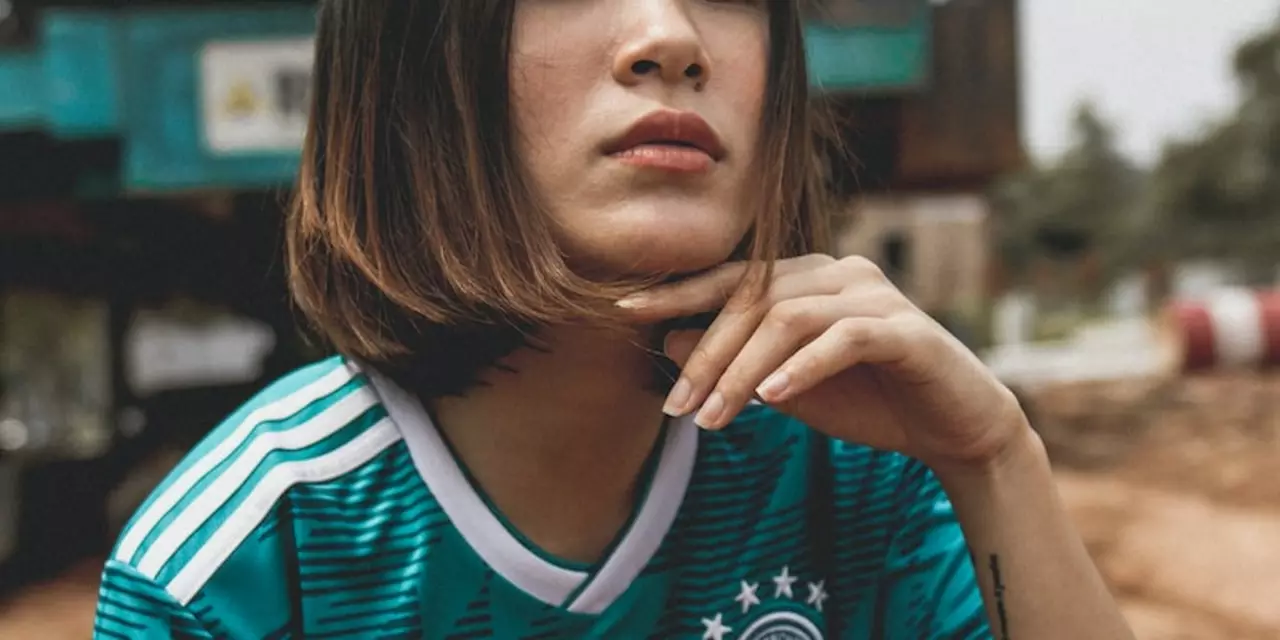Soccer Jerseys: What They Are and Why They Matter
If you’ve ever watched a match and wondered why the kits look the way they do, you’re not alone. A soccer jersey isn’t just a shirt – it’s a badge of identity, a marketing tool, and a piece of technology that can affect performance. From the classic 1970s cotton tops to today’s lightweight, moisture‑wicking fabrics, the evolution of the jersey tells the story of the sport itself.
What makes a great soccer jersey?
First off, the material matters. Modern kits use polyester blends that pull sweat away and dry in seconds, keeping players cool during a 90‑minute sprint. Look for terms like “Dri‑Fit” or “Climacool” on the label – they signal breathability and stretch.
Fit is the next big factor. A too‑tight jersey restricts arm movement; too loose and it can flap, creating drag. Most brands offer a “regular” cut that hugs the torso but still allows full range of motion. If you’re buying for a youth or a player with a muscular build, check the size guide and read reviews about how the cut feels in real life.
Design isn’t just about looking cool. Contrast sleeves, collar style, and badge placement are regulated by leagues, but clubs use them to showcase sponsors and heritage. A plain white home kit often carries a subtle pattern that only fans notice, while an away jersey might sport bold colors to avoid clashing with opponents.
Tips for buying & caring for your jersey
When you shop, think about where you’ll wear it. If you need a replica for everyday wear, durability matters more than the exact fabric used on the field. Look for reinforced stitching around the seams – it prevents the shirt from tearing after a few washes.
Price can be tricky. Official club editions sell for $80‑$120, but many retailers offer "fan‑friendly" versions at half that price. The main difference is the tag inside and sometimes a subtle logo change. As long as the material is the same, you won’t lose any performance benefits.
Cleaning is simple if you follow the label. Turn the jersey inside out, use cold water, and avoid fabric softeners – they can coat the fibers and reduce breathability. Hang‑drying is best; a tumble dryer can shrink the shirt and damage logos.
Finally, think about personalization. Adding your name and number can turn a regular jersey into a prized keepsake. Most official stores let you choose fonts and placement, but double‑check the spelling before you hit “order.”
Whether you’re cheering from the stands, training with friends, or collecting memorabilia, the right soccer jersey boosts confidence and shows your support. Follow these basics and you’ll end up with a kit that looks sharp, feels comfortable, and lasts for seasons to come.
